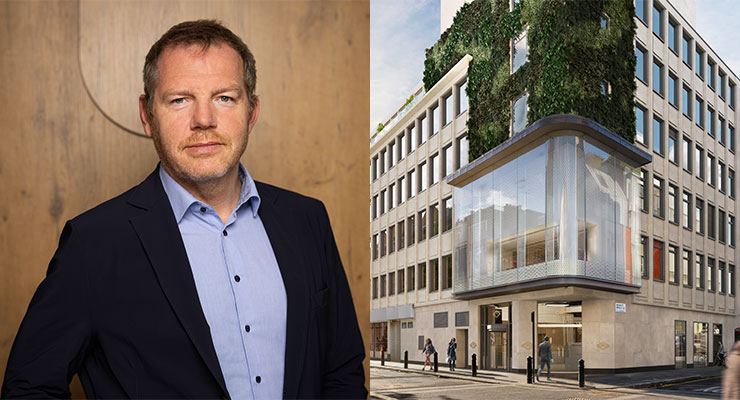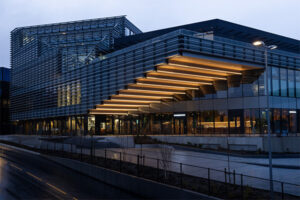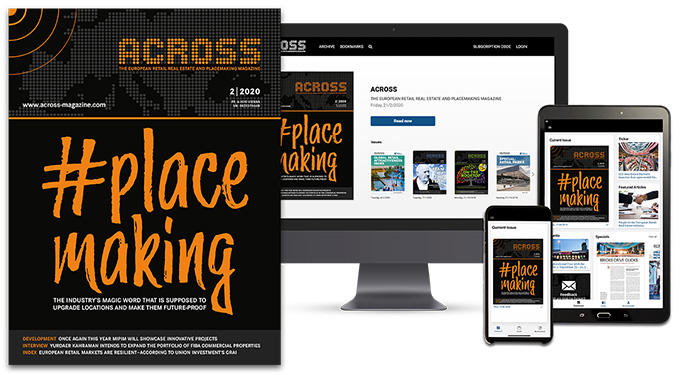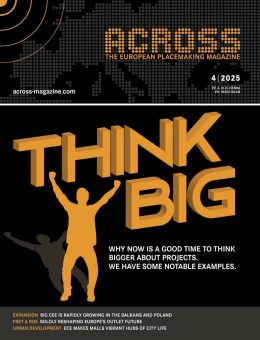by Thierry Cahierre
The Challenge of Retail Polarization
The retail market is experiencing increasing polarization, with significant growth in the discount and luxury sectors contrasting with a decline in the mid-price segment. This trend has profound implications for retail locations, creating a divide between strong and weak retailers, and between thriving metropolitan areas and struggling smaller city centers. Consequently, developers and managers face critical challenges in ensuring the long-term viability of their assets. This polarization isn’t just economic but also spatial, reshaping the very fabric of our cities and communities.
The expansion of discount retailers, often characterized by their large-format stores and focus on low prices, can lead to a homogenization of retail offerings, potentially undermining the unique character of local shopping districts. Conversely, while luxury retail enhances the prestige of certain locations, it can also create enclaves inaccessible to the majority. This can exacerbate social inequalities and contribute to urban fragmentation.
Furthermore, this polarization is closely linked to the rise of e-commerce. Online shopping has disrupted traditional brick-and-mortar models, particularly impacting the mid-price segment, which is struggling with price and convenience competition. This has accelerated the decline of many high streets and shopping centers, leading to vacant units and reduced foot traffic, further challenging these locations.
The implications for retail real estate development and management are significant. Developers must carefully consider evolving consumer demand and retailer needs when planning or redeveloping assets. This demands a nuanced understanding of the local market and the ability to anticipate future trends. For instance, affluent metropolitan areas might offer opportunities for upmarket retail destinations, while economically challenged smaller city centers may require a focus on community-oriented spaces that serve a broader range of residents.
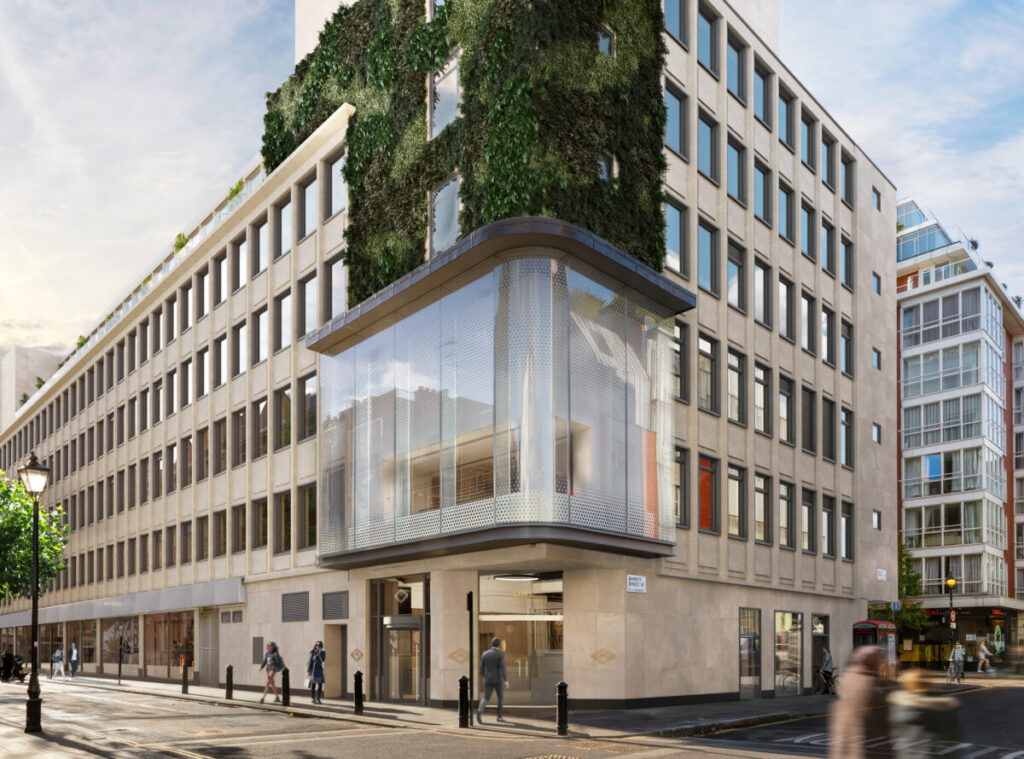
The Blurring Lines: Integrating Retail and Residential Principles
The principles of wellbeing and sustainability, from central to residential development, are now increasingly vital in the retail sector. Retail spaces are evolving into mixed-use environments, blurring the lines between traditional shopping and residential living. Creating healthy and sustainable environments is now paramount to attract both commercial and residential tenants, necessitating a holistic design approach that considers diverse occupant needs and fosters vibrant, multi-faceted destinations.
This convergence is evident in the growing trend of mixed-use developments that integrate retail, residential, office, and leisure spaces. These projects aim to create self-contained ecosystems that promote sustainable urban lifestyles by reducing reliance on cars. For retail, this means moving beyond standalone models towards integrated approaches that prioritize engaging and experiential environments.
The emergence of “live-work-play” developments, combining residential apartments with retail, restaurants, and co-working spaces, exemplifies this. They cater to modern urban dwellers who value convenience, flexibility, and community. This integration creates an environment with easy access to amenities for residents and a built-in customer base for retailers.
This trend is also fueled by the increasing demand for experiential retail. Consumers seek memorable and engaging experiences beyond mere product acquisition. This has led to flagship stores showcasing brand identity and values, and entertainment-focused retail destinations that offer diverse activities.
Prioritizing Well-Being in Retail Design
Wellness certifications like WELL and Fitwel, traditionally for residential and office spaces, have expanded their scope to include retail, reflecting a growing understanding of the impact of retail environment design on health and wellbeing. Developers are incorporating improved air quality, natural light, and green spaces to create positive and engaging experiences that foster a sense of community. Our recent redevelopment of 1 James Street in London, exemplifies this commitment. The installation of a green roof will enhance the overall wellbeing of the building’s occupants by creating a more pleasant and sustainable urban environment.
The focus on wellness also drives the creation of inclusive and accessible spaces that cater to people of all ages and abilities, promoting social interaction and community cohesion. Features like accessible entrances, sensory gardens, community kitchens, and multi-generational play areas contribute to welcoming environments that enhance the social value of retail spaces and create more vibrant cities.
Furthermore, technology integration increasingly enhances retail environment wellbeing. Smart building systems monitor and control air quality, temperature, and lighting. Mobile apps provide information on health and safety features and offer personalized recommendations.
Sustainability: A Core Requirement for Retail
Sustainability is no longer optional but fundamental in the retail sector. Retailers increasingly demand sustainable spaces that align with their environmental values and appeal to ecoconscious consumers. Developers are responding with strategies like adaptive reuse, energy efficiency, and renewable energy sources.
In our mixed-use redevelopment in Schaerbeek, Belgium, we’re powering the construction site electrically with battery packs that store green energy and monitoring electricity and water consumption, with plans to track waste management and material transport.
These efforts to reduce the carbon footprint enhance the long-term value and resilience of retail assets, making them more attractive to tenants and investors. We’re also exploring innovative solutions like assigning a carbon price to the embodied carbon footprint of our developments to promote the use of low-carbon materials and foster greater accountability. By the end of 2024, our installed solar capacity reached 15 MWp, producing 26.5 MWh.
Developers employ key sustainability strategies, such as using low-embodied carbon materials, implementing energy-efficient systems, and maximizing natural light and ventilation. As part of one other prominent redevelopment in the city center of Paris, at 126 Rue de Rivoli, we are employing key sustainability measures, such as installing a green roof that is open to the public and harvesting rainwater features. Promoting sustainable transport through the provision of cycle storage and electric vehicle charging points is also key. These measures create healthier and more comfortable environments while reducing environmental impact.
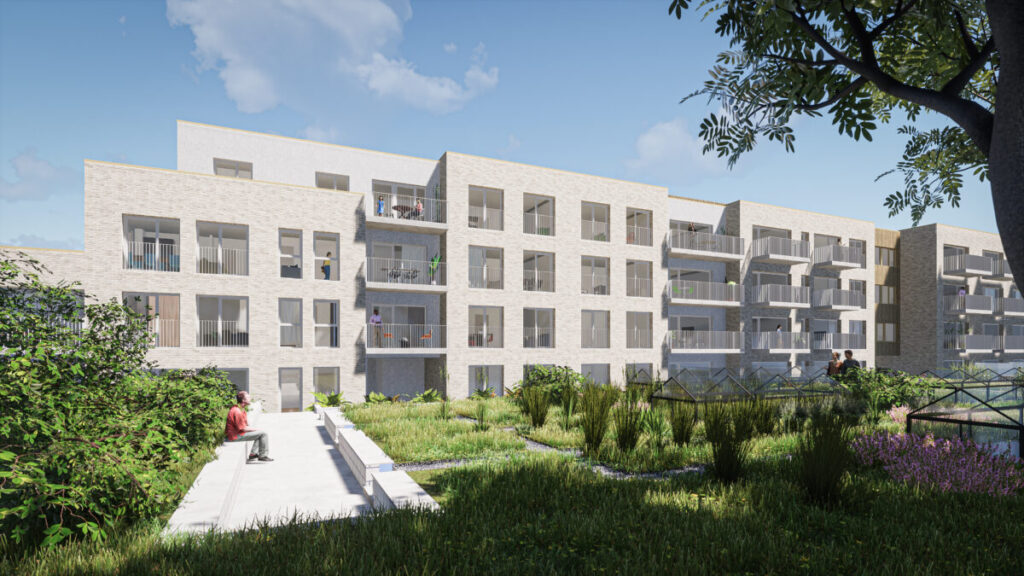
Creating Community-Centric Retail Spaces
The transformation of retail presents opportunities to build stronger, more vibrant communities. Integrating retail with residential, hospitality, and leisure creates mixed-use destinations that cater to diverse consumer needs and that promote social interaction. This approach can counter polarization by creating dynamic, multi-faceted spaces that attract a broad range of people, thereby supporting a more diverse and resilient local economy.
Integrating retail with other uses transforms shopping destinations into community hubs, fostering a sense of place and belonging. Mixed-use developments can include residential units, office spaces, hotels, cultural facilities, and public spaces, creating vibrant environments that encourage social interaction and community engagement.
Community-centric retail spaces also support local businesses and entrepreneurs by providing affordable spaces for independent retailers, cafes, and restaurants. This fosters a more diverse and authentic retail experience that reflects the unique character of the surrounding community, counteracting the homogenizing effects of globalization.
Redevco’s redevelopment of Promenade Sainte-Catherine in Bordeaux into a vibrant mixed-use destination, with a diverse mix of shops, restaurants, and cultural venues, exemplifies this commitment. This has increased footfall and dwell time while creating new public spaces. Similarly, the transformation of Mercado de San Miguel in Madrid into a gourmet market, as well as the pedestrianization of the surrounding streets in collaboration with the City Council, has revitalized a historic landmark and created a thriving social hub with improved accessibility.
In conclusion, the future of retail lies in creating spaces that are not only commercially viable but also socially and environmentally responsible. By embracing a holistic approach that integrates wellbeing, sustainability, and community-centric design principles, we can create retail destinations that thrive in an age of polarization and contribute to more vibrant, resilient, and livable cities.
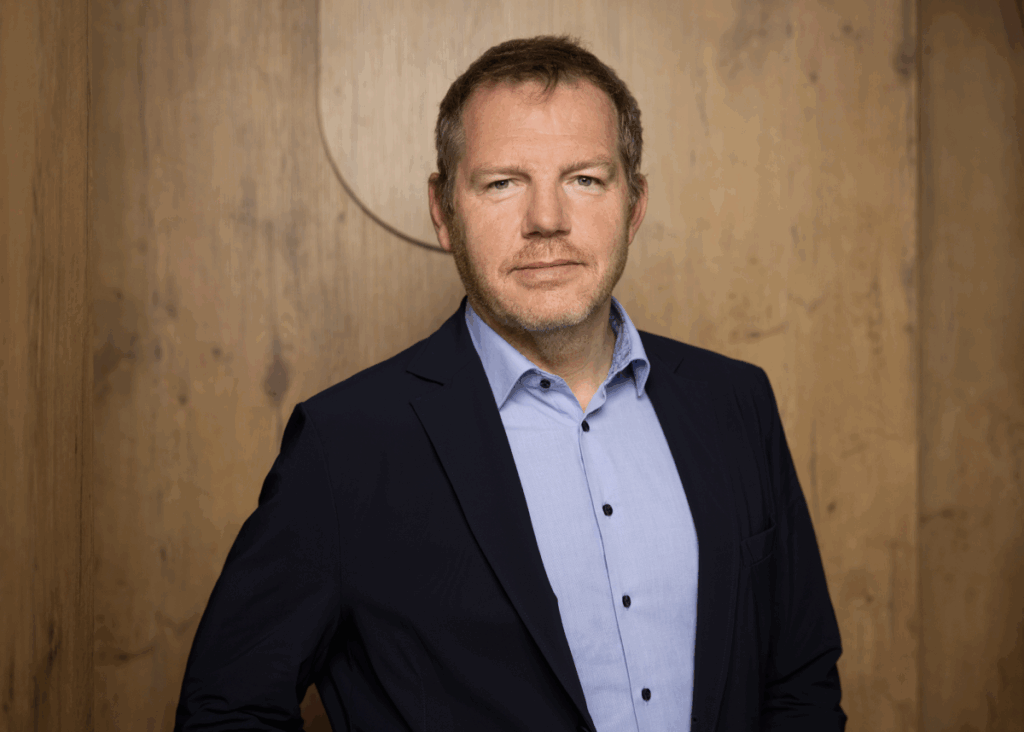
Thierry Cahierre
Thierry Cahierre is COO Real Estate, Redevco
